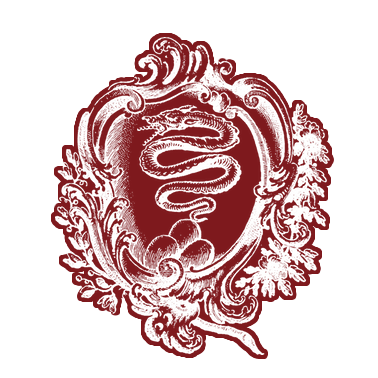Leon Tarasewicz
I have been following with interest Leon Tarasewicz’s work for some years, most recently his Ambient Painting, where the colour spreads over walls, ceilings and floors to become the reality in which the observer is immersed; so, when we finished building the tower in 2003, came naturally asking the artist to contribute.
Having dealt the same year as an art historian with the debate that had evolved in the Thirties on the role of painting in modern architecture, it was also intriguing for me to verify – seventy years after the famous “Muri ai pittori” manifesto – how an artist now interprets contemporary architecture.
But when Leon arrived from Warsaw in August 2004 to start work I had not seen a sketch or even discussed the project, not the usual way I do things. So all at once, just like Alice through the Looking Glass, I found myself immersed in Leon’s colourful world. It was only afterwards, because I liked it, that I tried to decipher it (this is for me a professional habit!)
Here is not the place to make a critical analysis, I only want to recall the two aspects that struck me about this work: the refraction between the paintings and the surrounding nature, and the counterpoint between architecture and paintings.
The refraction between the painting and the landscape brings to a sort of reciprocal disclosure, which I don’t think was the artist’s intention, given that the painting was based on an internal syntax, but I do believe the surrounding countryside was absorbed subliminally by the artist (who had taken a number of photographs when he had come to inspect the site). Leon says “Artists are for discovering new things in what is under everyone’s eyes” and in fact it is only now that his paintings are there that people notice the incredible visual pattern that the vineyards create in autumn, and I admire once more the way he captures the clearest image of a landscape without describing it, as was also the case with his Polish fields and American canyons.
The colours, too – pure and sumptuous, without the cold gloss of Pop Art or symbolic values – rather bring to mind nature or primitive cultures, but their apparent simplicity is born from an original, compelling pictorial syntax and a severe selection, as is the case with the colours of birds’ plumage (that the artist has been studying all his life).
As I already mentioned, what also strikes me in the tower is the unexpected relationship that has developed between the painting and the architecture. Successful painting should always reveal new insights into the space it occupies. That this had happened in the tower was revealed to me all of a suddend one evening: in the severe mass of the Tower the paintings stood out from the illuminated windows in their surprising colours, as vivid as a Byzantine frescos. The architecture was enriched by this unusual aspect and the paintings took on a mysterious, evocative beauty that could not be reproduced by any image taken out of its context. Just like as in San Martino’s ceiling, Leon’s painting had created an original, surprising unity with the architecture.
